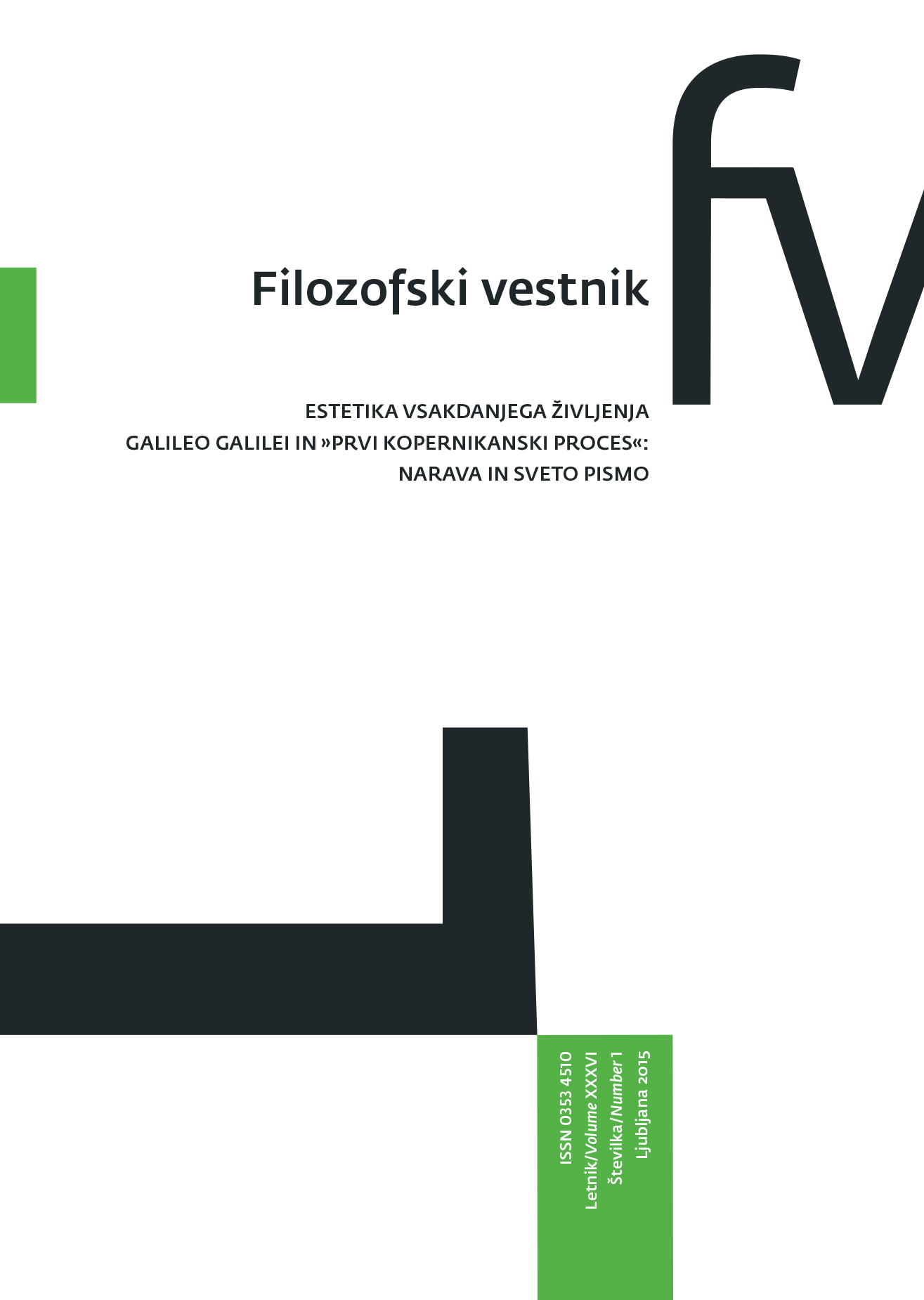On the Aesthetics of the Everyday: Familiarity, Strangeness, and the Meaning of Place
Keywords:
familiar, strange, the aesthetic, the everyday, placeAbstract
The essay develops a phenomenological account of everyday aesthetics starting from some concepts put forward by Martin Heidegger. The aim is to understand the very nature of the everyday itself, in all its dullness and greyness, and to point out that there is an aesthetic aspect in the very everydayness. The aesthetics of the everyday is not only “extraordinary in the ordinary.” To understand the whole range of everyday aesthetics we have to explore the phenomenon of the ordinary and the everyday. In this essay the ontology of human everyday existence is explained by the notions of place, life world, familiarity, and strangeness. The aesthetic aspect of the quotidian is based on these existential structures. Human existence most of the time takes place in a familiar place – be it at home, the work place, or the familiar quarters of one’s home town. There is an experience of rootedness and safety when moving around on one’s home turf. The surprise element, which is sometimes connected with a feeling of anxiety or even fear, is lacking. The very fact that there are no surprises, that things go as smoothly as one expects, is pleasurable. Doing things in a routine way has certain patterns that are satisfying and have an aesthetic aspect in themselves. The aesthetics of the everyday exists in the absence of the extraordinary, in the fact that one feels at home and in control. The aesthetics of the familiar is an aesthetics of lacking, the quiet fascination of the absence of demands from one’s surroundings.Downloads
Download data is not yet available.
Downloads
Published
2016-02-07
How to Cite
Haapala, A. (2016). On the Aesthetics of the Everyday: Familiarity, Strangeness, and the Meaning of Place. Filozofski Vestnik, 36(1). Retrieved from https://ojs.zrc-sazu.si/filozofski-vestnik/article/view/4241
Issue
Section
The Aesthetics of Everyday Life
License
Authors guarantee that the work is their own original creation and does not infringe any statutory or common-law copyright or any proprietary right of any third party. In case of claims by third parties, authors commit their self to defend the interests of the publisher, and shall cover any potential costs.
More in: Submission chapter





